Previous Day - Next Day

“We make our world significant by the courage of our questions and by the depth of our answers.”
~ Carl Sagan
Wikiquote / CORBIS (Carl Sagan (November 9, 1934 – December 20, 1996) was an American astronomer, astrophysicist, cosmologist, author, science popularizer and science communicator in astronomy and natural sciences.)

July 21st, 356 BC
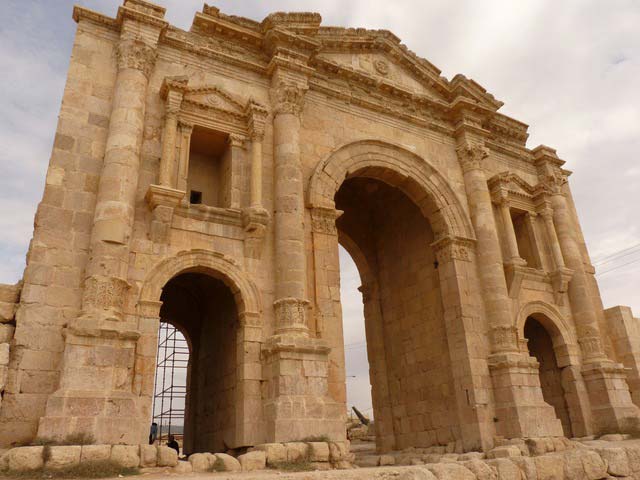
Temple of Artemis in Ephesus: one of the Seven Wonders of the World, is destroyed by arson.
Wikipedia Photo: Temple of Artemis, Jerash
July 21st, 230

Pope Pontian succeeds Urban I as the eighteenth pope.
Wikipedia Photo: Pope Pontian
July 21st, 285
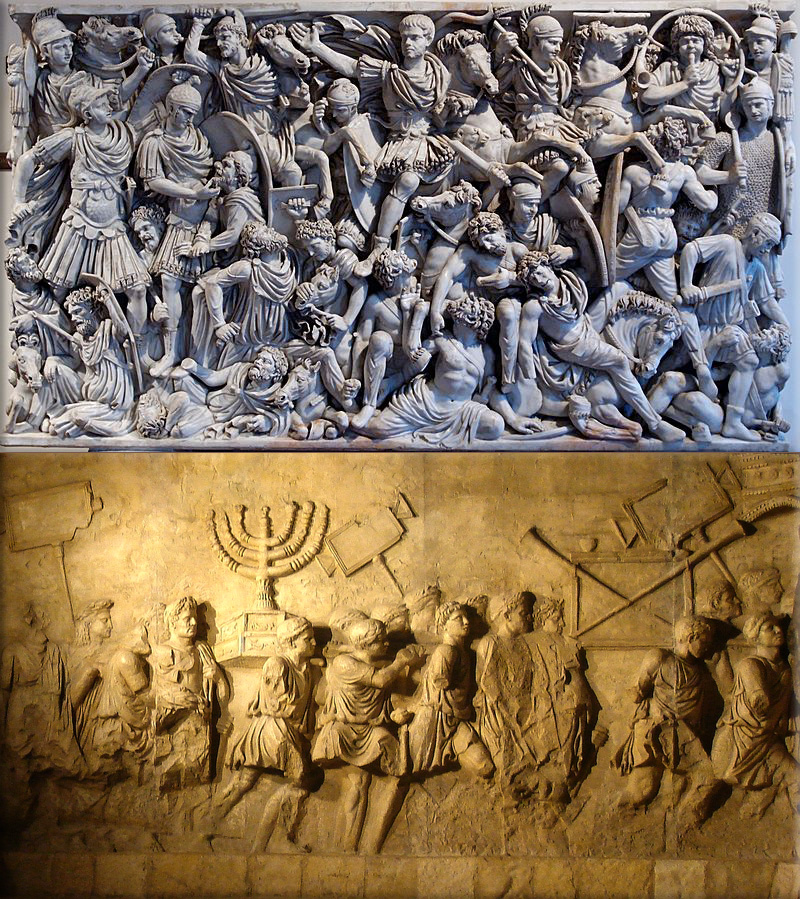
Roman Empire:
70 - Diocletian appoints Maximian as Caesar and co-ruler.
Wikipedia Image: Relief from a 3rd-century sarcophagus depicting a battle between Romans and Germanic warriors; the central figure is perhaps the emperor Hostilian / Depiction of the Menorah on the Arch of Titus in Rome.
July 21st, 365

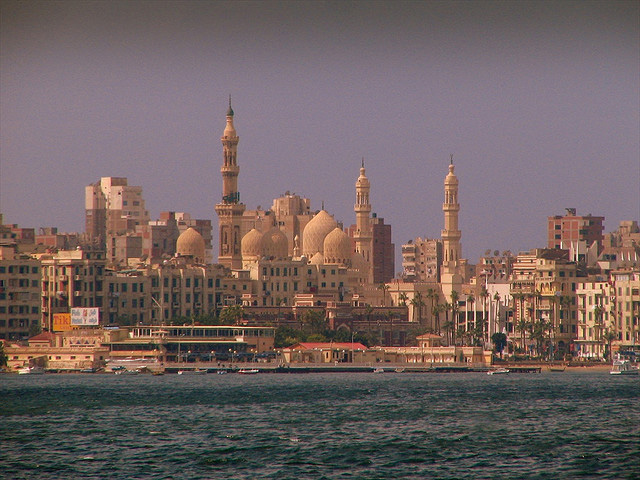
Earthquake:
365 - Alexandria, Egypt is devastated by a tsunami caused by the Crete earthquake estimated to be 8.0 on the Richter Scale 5,000 people perished in Alexandria, and 45,000 more died outside the city.
Wikipedia Image: Preliminary Determination of Epicenters / Aleppo Syria; Anchorage, Alaska - March 28, 1964 Prince William Sound USA earthquake and tsunami; 8.9 Mega Earthquake Strikes Japan; Tsunami Swirls Japan's Ibaraki Prefecture March 12 2011. credit NOAA / NGDC, NOAA National Geophysical Data Center, USGS, National Geographics.
Alexandria, Egypt was founded around a small pharaonic town c. 331 BC by Alexander the Great. (Ancient Alexandria was best known for its Lighthouse of Alexandria (Pharos), one of the Seven Wonders of the Ancient World; its library (the largest library in the ancient world); and the Catacombs of Kom el Shoqafa, one of the Seven Wonders of the Middle Ages.)
July 21st, 1242

Louis IX of France puts an end to the revolt of his vassals Henry III of England and Hugh X of Lusignan.
Wikipedia Painting: The Battle of Taillebourg won by Saint Louis, by Eugène Delacroix (Galerie des Batailles, Palace of Versailles)
July 21st, 1403
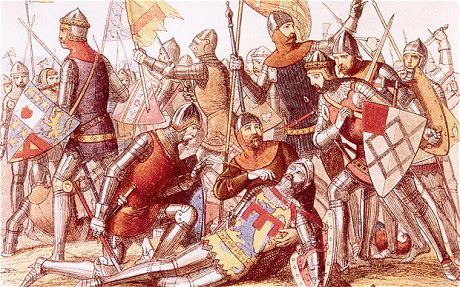
Battle of Shrewsbury: King Henry IV of England defeats rebels to the north of the county town of Shropshire, England.
Wikipedia Painting: Battle of Shrewsbury: Sir Henry Percy, known as Harry Hotspur is killed
July 21st, 1568

Eighty Years' War:
1568 - Battle of Jemmingen: Fernando Álvarez de Toledo, Duke of Alva defeats Louis of Nassau.
Wikipedia Painting: Siege of the Schenkenschans by Gerrit van Santen; Relief of Leiden after the siege, (1574); Frederick Henry and Ernst Casimir at the siege of 'sHertogenbosch by Pauwels van Hillegaert; Disarming the waardgelders in Utrecht, 31 July 1618, by Joost Cornelisz. Droochsloot; Swearing of the Peace of Münster by Gerard ter Borch
July 21st, 1774
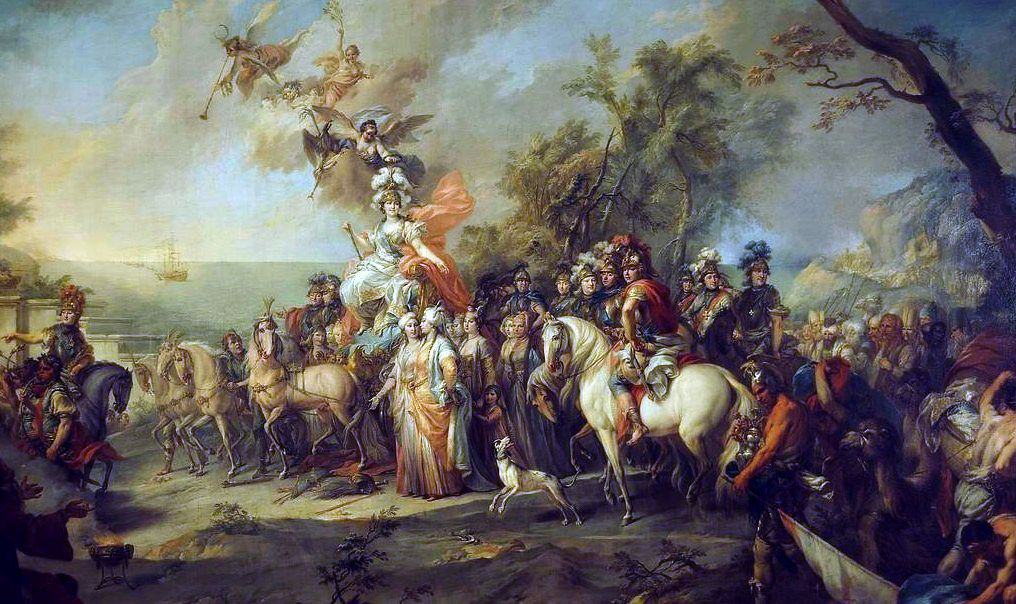
Russo-Turkish War, 1768-1774: Russia and the Ottoman Empire sign the Treaty of Kuchuk-Kainarji ending the war.
Wikipedia Painting: Russo-Turkish War, 1768-1774 - Allegory of Catherine's Victory over the Turks (1772), by Stefano Torelli.
July 21st, 1861
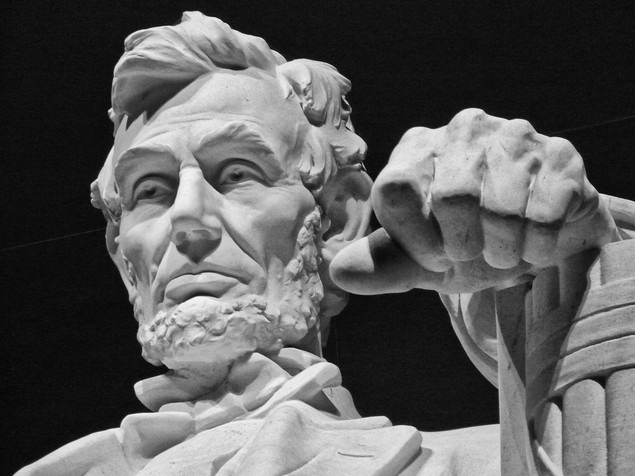
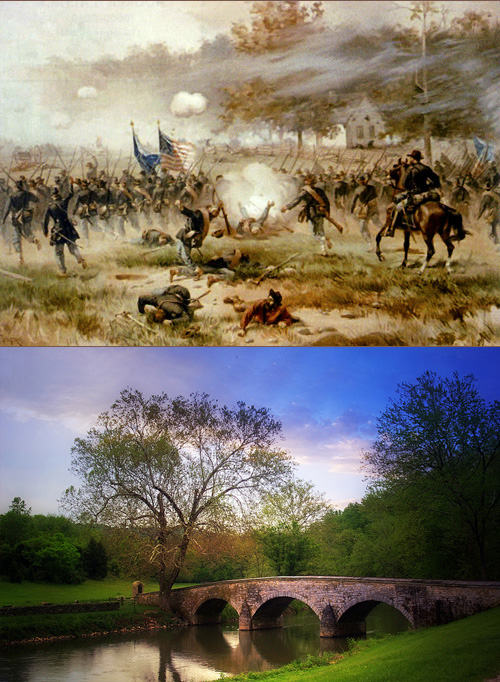
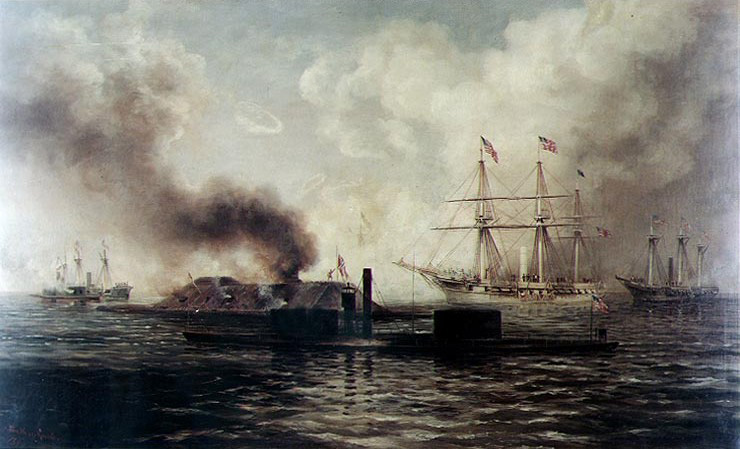
American Civil War:
1861 - First Battle of Bull Run: at Manassas Junction, Virginia, the first major battle of the war begins and ends in a victory for the Confederate army.
Wikipedia Image: ● Lincoln Memorial; an American national monument built to honor the 16th President of the United States, Abraham Lincoln - located on the National Mall in Washington, D.C. across from the Washington Monument.
● The northern army led by George McClellan and the southern army led by Robert E. Lee met at Antietam Creek, Maryland in September, 1862. It was a bloody battle where 13,000 Confederates and 12,000 Union troops died in just one day. McClellan had hesitated to attack before the battle thus letting the southern troops regroup. Also, he had saved reserves and refused to use them at the end of the battle thinking that Lee was holding reserves for a counterattack, even though those reserves didn't exist. The Union victory stopped Lee's northward advance and was a turning point in the war.
● Battle of Antietam / Stone Bridge at Antietam Battlefield - Sharpsburg, Maryland
● Battle of Mobile Bay (1890) by Xanthus Russell Smith.
● Although photography was still in its infancy, war correspondents produced thousands of images, bringing the harsh realities of the frontlines to those on the home front in a new and visceral way. The Atlantic.
July 21st, 1865
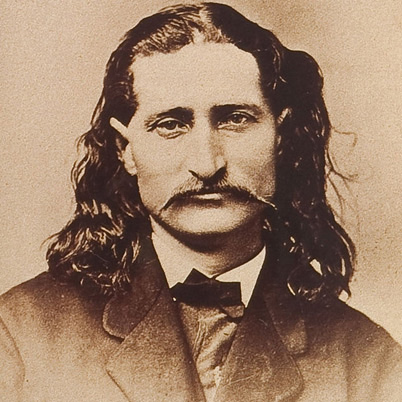
Springfield, Missouri: Wild Bill Hickok shoots and kills Davis Tutt in what is regarded as the first western showdown.
Wikipedia Image: Famous Wild West Duel: Wild Bill Hickok vs. Davis Tutt
July 21st, 1873

Jesse James and the James-Younger Gang pull off the first successful train robbery in the American Old West at Adair, Iowa.
Wikipedia Jesse and Frank James
July 21st, 1877

Baltimore and Ohio Railroad after rioting workers and the deaths of nine rail workers at the hands of the Maryland militia, workers in Pittsburgh, Pennsylvania stage a sympathy strike that is met with an assault by the state militia.
Wikipedia Photo: Early Railway Train Signals and Communication
July 21st, 1918

World War I:
1918 - U-156 shells Nauset Beach, in Orleans, Massachusetts.
Wikipedia Photo: Trenches on the Western Front; a British Mark IV Tank crossing a trench; Royal Navy battleship HMS Irresistible sinking after striking a mine at the Battle of the Dardanelles; a Vickers machine gun crew with gas masks, and German Albatros D.III biplanes. National Archives and Records Administration.
July 21st, 1925

Scopes Trial: In Dayton, Tennessee, high school biology teacher John T. Scopes is found guilty of teaching evolution in class and fined $100.
Wikipedia.org Photo: William Jennings Bryan ● Clarence Darrow was a trial attorney made famous for his defense of a Tennessee educator accused of breaking a state law banning the teaching of evolution in public schools. Bettmann / Corbis ● University of Missouri-Kansas City Photo: Darrow and Bryan at the Scopes Trial 1925 ● Evangelist T.T. Martin's books against the theory of evolution are sold at an outdoor stand in Dayton, Tenn., 1925, scene of the Scopes trial. (AP Photo) ● John Thomas Scopes The teacher at the center of proceedings - Political cartoon - The Daily Star
July 21st, 1925
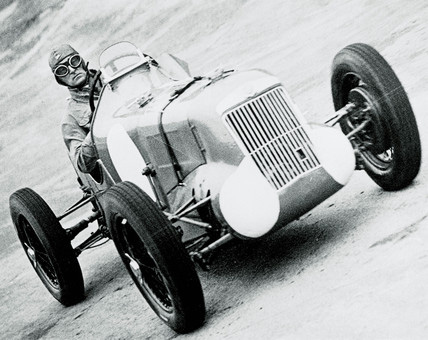
Sir Malcolm Campbell becomes the first man to break the 150 mph (241 km/h) land barrier at Pendine Sands in Wales driving a Sunbeam at a two-way average speed of 150.33 mph (242 km/h).
Wikipedia Photo: Sir Malcolm Campbell, land speed record holder
July 21st, 1944
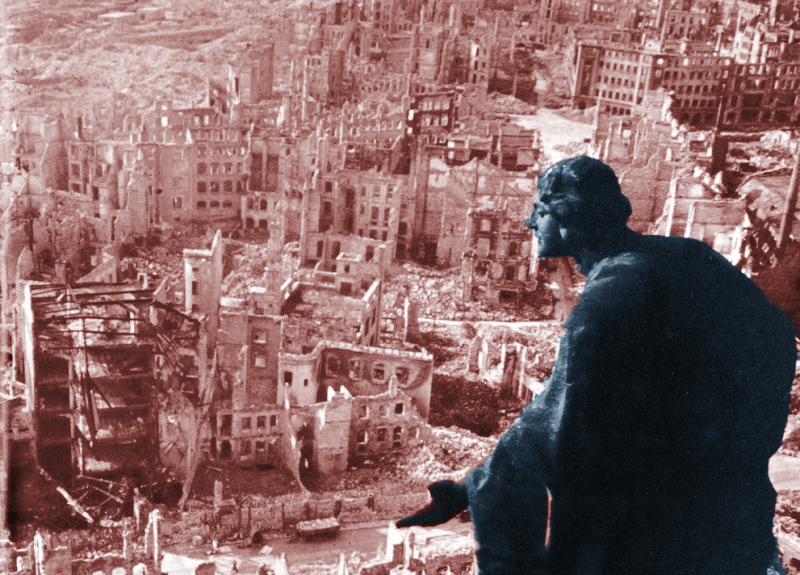

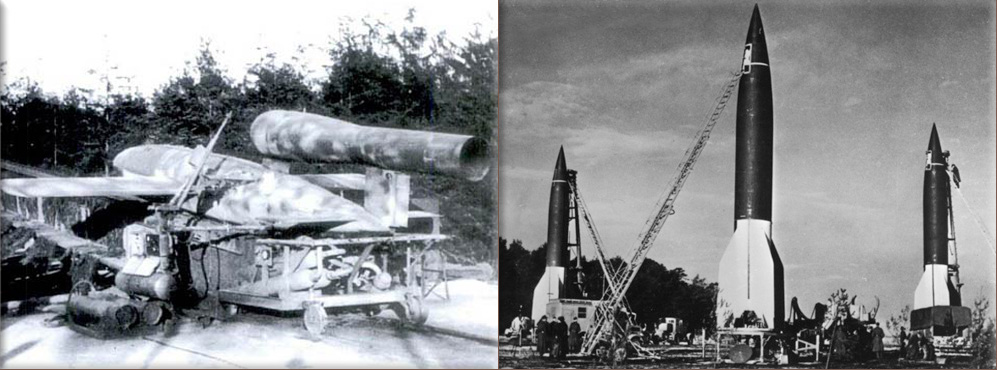
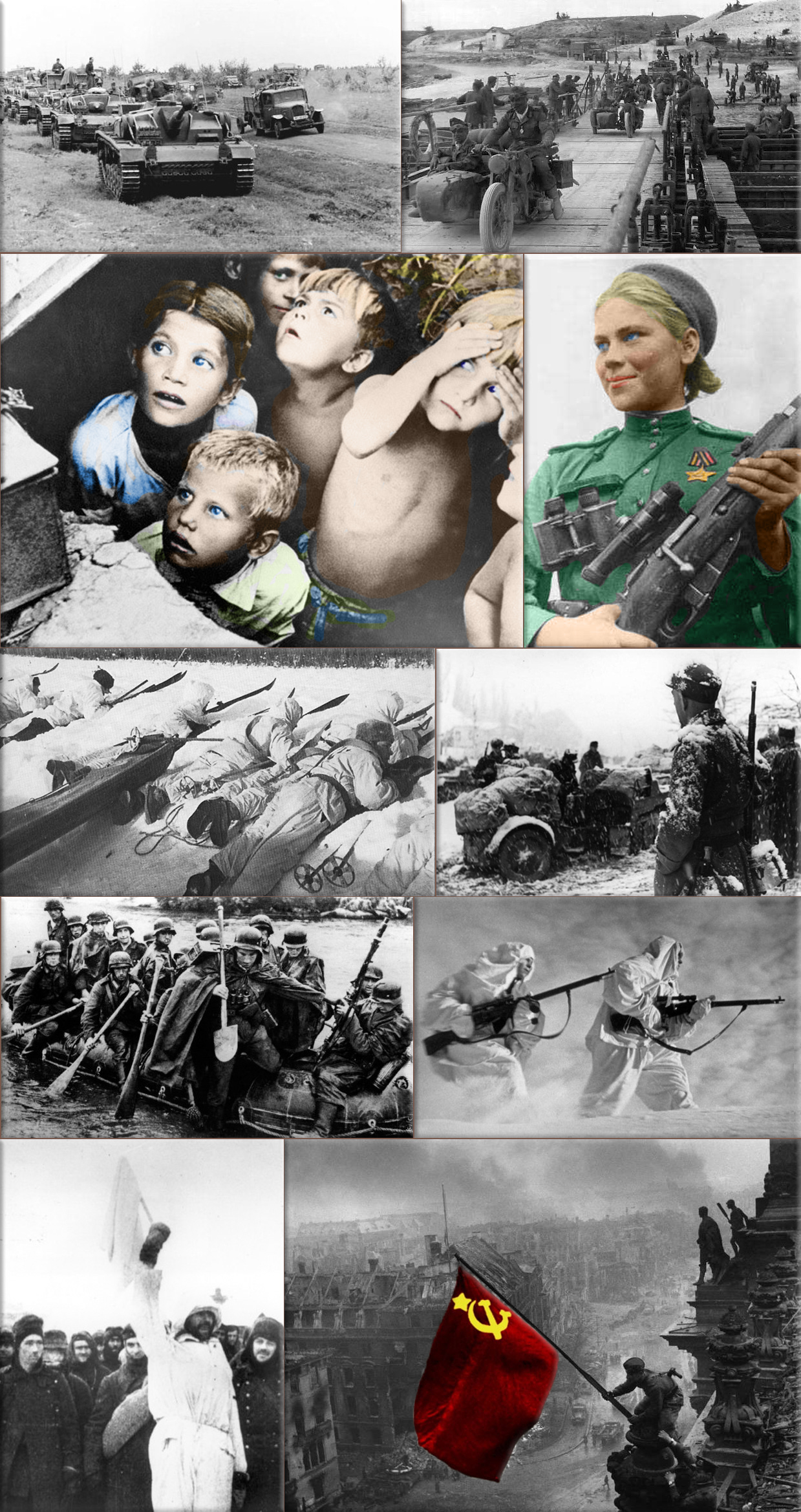
World War II:
1944 - Battle of Guam: American troops land on Guam starting the battle. It would end on August 10th.
Wikipedia Photo: Bombing of Dresden in World War II; August Schreitmüller's sculpture 'Goodness' surveys Dresden after a firestorm started by Allied bombers in 1945.
USS Bunker Hill was hit by kamikazes piloted by Ensign Kiyoshi Ogawa and another airman on 11 May 1945. 389 personnel were killed or missing from a crew of 2,600; Ensign Kiyoshi Ogawa, who flew his aircraft into the USS Bunker Hill during a Kamikaze mission on 11 May 1945; Kamikaze Missions - Lt Yoshinori Yamaguchi's Yokosuka D4Y3 (Type 33 Suisei) "Judy" in a suicide dive against USS Essex. The dive brakes are extended and the non-self-sealing port wing tank is trailing fuel vapor and/or smoke 25 November 1944.
German V1 flying-bomb and V2 Rockets - Preparations for a Salvo Launch of V-2 Rockets in the Heidelager near Blizna (Poland) (1944), credit German History in Documents and Images GHDI.
Eastern Front (World War II); Germans race towards Stalingrad. August 1942; Soviet children during a German air raid in the first days of the war, June 1941, by RIA Novosti archive; Soviet sniper Roza Shanina in 1944. About 400,000 Soviet women served in front-line duty units Caucasus Mountains, winter 1942/43; Finnish ski patrol: the invisible enemy of the Soviet Army with an unlimited supply of skis; Men of the German Engineers Corps cross a river which is swollen after the first autumn rains, to strengthen bridges linking the German positions on the central front in Russia. by Keystone / Getty Images. October 1942; Russian snipers fighting on the Leningrad front during a blizzard. Photo by Hulton Archive / Getty Images, 1943; German soldiers surrendering to the Russians in Stalingrad, the soldier holding the white flag of surrender is dressed in white so that there could be no doubt of his intentions, a Russian soldier is on the right of the photograph. by Keystone / Getty Images, January 1943.
July 21st, 1944

World War II: German Army Colonel Claus von Stauffenberg and fellow conspirators are executed in Berlin, Germany for the July 20 plot to assassinate Adolf Hitler.
Wikipedia Photo: Adolf Hitler survives an assassination attempt by Claus von Stauffenberg
July 21st, 1954

First Indochina War: The Geneva Conference partitions Vietnam into North Vietnam and South Vietnam.
Wikipedia Photo: The leader of the Vietnamese delegation Ho Chi Minh (sixth from the left) poses with French president of the provisional government Georges Bidault (fourth from the left) after talks, in June 1946 in Paris, France., credit Foreign Policy (FP); First Indochina War. (1946-1954); French soldiers march to a prisoner of war camp after they surrender to the Viet Minh forces after the Battle of Dien Bien Phu.
July 21st, 1969
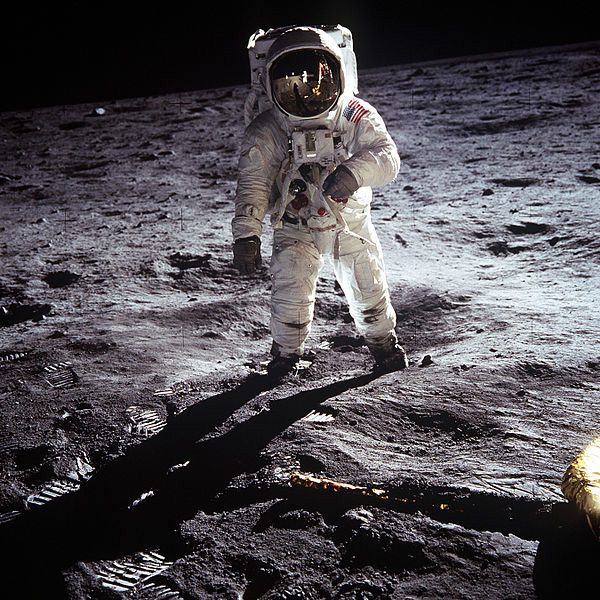

Space Race, Apollo Program Apollo 11: Neil Armstrong and Edwin 'Buzz' Aldrin become the first humans to walk on the Moon.
Wikipedia Photo: Apollo Program: Apollo 11 first manned Moon landing and the first walk on the surface on the moon. Astronaut Buzz Aldrin walks on the surface of the moon near the leg of the lunar module Eagle. Apollo 11 Commander Neil Armstrong took this photograph with a 70mm lunar surface camera. Armstrong and Aldrin explored the Sea of Tranquility for two and a half hours while crewmate Michael Collins orbited above in the command module Columbia.
The Blue Marble is a famous photograph of the Earth, taken on December 7, 1972, by the crew of the Apollo 17 spacecraft, at a distance of about 45,000 kilometres (28,000 mi).
July 21st, 1970

Aswan Dam in Egypt is completed after 11 years of construction.
Wikipedia Photo: Aswan High Dam; Located near Aswan, was an engineering miracle when it was built in the 1960s.
July 21st, 1983
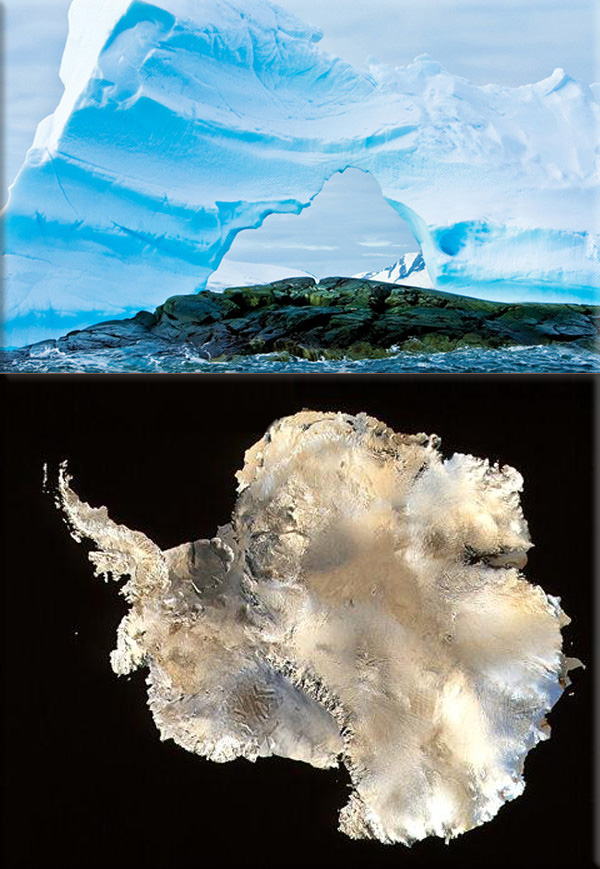
Vostok Station, Antarctica: The world's lowest temperature is recordedat −89.2 °C (−128.6 °F).
Wikipedia Photo: Antarctica (8/30/2012), credit National Geographic; Infrared satellite image of Antarctica, credit © Visual Photos.
July 21st, 2011

NASAs Space Shuttle program ends with the landing of Space Shuttle Atlantis on mission STS-135.
Wikipedia Photo: Space Shuttle Atlantis
July 21st, 2012

Erden Eruç completes the first solo human-powered circumnavigation of the world.
Wikipedia Photo: Erden Eruç Around the World in 1,026 Days.
